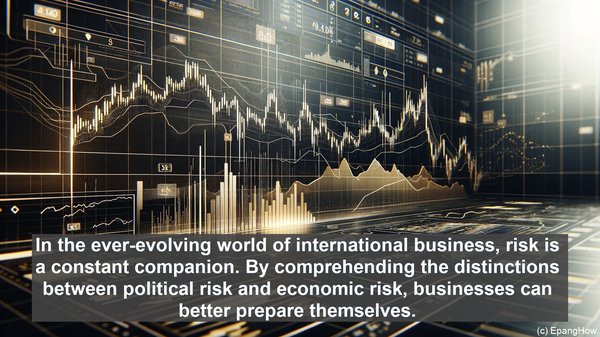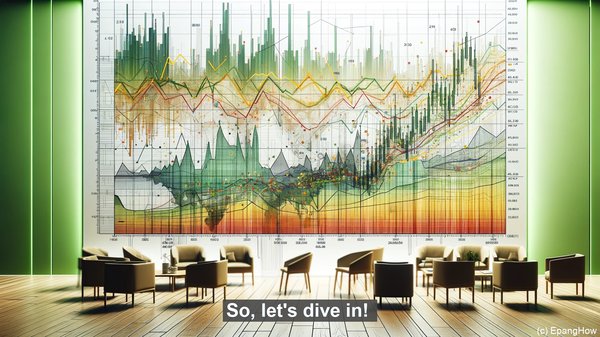Introduction: The Complexities of International Business
Hello everyone! Welcome to today’s article where we explore the intricacies of international business. One of the key aspects that businesses operating in the global arena must grapple with is risk. While the term ‘risk’ is often used broadly, it can be categorized into various types. Today, we’ll be focusing on two significant ones: political risk and economic risk. Although these terms may seem similar, they have distinct characteristics and implications. So, let’s dive in!
Defining Political Risk: The Influence of Governance
Political risk primarily stems from the actions, policies, and stability of governments in foreign countries. It encompasses a range of factors, such as changes in regulations, political instability, government interventions, and even geopolitical tensions. For instance, a sudden shift in a country’s leadership or the introduction of stringent trade policies can significantly impact businesses. Political risk can also manifest in the form of expropriation, where a government seizes private assets. This uncertainty can make long-term planning and investment decisions challenging for businesses.
Unraveling Economic Risk: The Volatility of Markets
On the other hand, economic risk is closely tied to the financial aspects of a country. It revolves around factors like inflation, exchange rates, interest rates, and overall economic stability. Fluctuations in these areas can have far-reaching consequences. For example, a sudden devaluation of a country’s currency can make imports more expensive, impacting businesses that rely on global suppliers. Economic risk can also be influenced by factors like unemployment rates, consumer spending patterns, and the overall health of industries. These variables, often interconnected, create a dynamic landscape for businesses.

Implications for Businesses: Navigating the Challenges
Both political risk and economic risk pose unique challenges for businesses. Political risk, with its inherent uncertainty, can make it difficult to plan long-term strategies. To mitigate this, businesses often engage in extensive research, monitoring political developments, and even diversifying their operations across multiple countries. Economic risk, with its volatility, requires a different set of strategies. For instance, businesses may hedge against currency fluctuations, enter into long-term contracts to stabilize costs, or even explore new markets to offset any downturn in a specific region. The key is to have a proactive risk management approach that encompasses both these dimensions.

The Interplay: Political and Economic Risk
It’s important to note that political risk and economic risk are not isolated entities. In fact, they often intersect and influence each other. For instance, a country with political instability may also experience economic turbulence. Similarly, economic factors, such as high unemployment rates, can contribute to political unrest. This interplay adds another layer of complexity for businesses. It underscores the need for a holistic understanding of the global landscape, where political and economic factors are intertwined.
